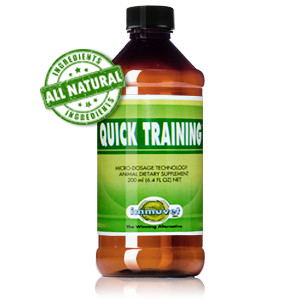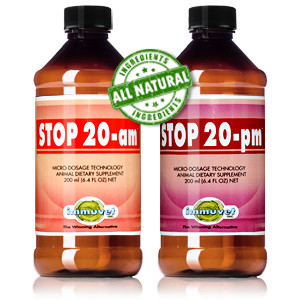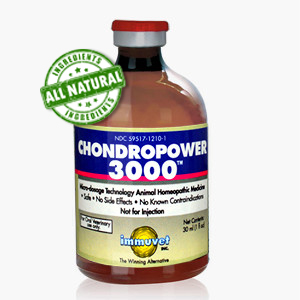The importance of the headshaking in horses

It might seem something quite common, but the perils and dangers of headshaking are far beyond just being annoying for the riders and distasteful for the audience. According to researches and studies, headshaking can be harmful to the rider as well as the horse itself. The violent, aggressive shakes, jerks, and flicks can injure the horse as well as the passenger.
Headshaking usually involves the vertical movement of the head, which also includes the upward and downward fling of the nose. Other than this, the affected horses also suffer from constant nasal irritation mostly during exercise, but the symptoms are also seen during rest.
There are numerous reasons which indicate the prevalence of headshaking. However, the most common culprit is the hypersensitivity of the trigeminal nerve, which is the most significant sensory nerve in a horse’s brain. Any disturbance in the nerve can result in shaky and jerky movements, which affects the capabilities and performance of the horse as well.
According to Petroski-Rose
Dental disease and osteoarthritis of the temporomandibular joint or even the temporohyoid bone can also cause discomfort in the head, potentially inducing headshaking”.
There are tons of different treatment methods, medicines, diets, and supplements advised, but it is treating headshaking can be a little challenging.
The most recent attempt to manage the condition and potentially cure the headshaking involved the electrical stimulation of the sensory nerve, the trigeminal nerve. The central theme of the approach was to alter and change the activity and slight function of the nerve to achieve the desired results.
The question is;
How to figure out whether your horse has a headshaking issue or not?
Well, the observation is quite simple. You can observe the behaviour of your horse during rest as well as while being ridden. This will help you figure out to what extent the horse is suffering from the problem. However, just the observation is not enough. A proper systematic comment is needed to rule out the pathological conditions. The pathological conditions include guttural pouch disorders, dental issues, and diseases of the ears, bones, and neck.
For assurance, a proper clinical examination is carried out. The tests which are needed to evaluate the condition of the horse include:
- Endoscopy of the respiratory tract, specifically the guttural pouches.
- Aural and Dental examination
- CT scan and MRI of the head
- Ophthalmic examination
- Imaging of the head
According to another reviewer:
“The high failure rate of many TMHS treatments is unsurprising, given that they do not affect correcting the abnormal trigeminal neurophysiology. Also, because the cause of the underlying trigeminal sensitization is unknown, most treatments used in TMHS are neither specific nor curative.”
After a thorough examination, treatment needs to be done. There are numerous distinctive ways introduced to treat the headshaking in the horses. By giving the best supplements for horses, healthy diet, and medications, these symptoms can be reduced to a great extent.
Quick Training™
Presentation: 200ml bottle
Price: $85.00
U.S. and Canada Pricing. For International Prices, please Contact Us.
Quick Training™ is a prime quality enhancer of the organic functions. It works primarily in the circulatory system as well as the respiratory and locomotive functions.
Stop 20 AM&PM®
Presentation: 200ml bottle
Price: $170.00
U.S. and Canada Pricing. For International Prices, please Contact Us.
Stop 20 AM&PM™ is a carefully developed product designed to reduce the incidence and severity of Exercise-Induced Pulmonary Hemorrhage (EIPH), commonly known as Bleeding, in performance horses.
ChondroPower 300®
Presentation: 200ml bottle
Price: $60.00
U.S. and Canada Pricing. For International Prices, please Contact Us.
ChondroPower 3000® is a chondroprotective unique formula that helps reduce cartilage degeneration and promote normal healthy joints by increasing the synthesis of synovial fluids to enhance athletic horse’s performance.





